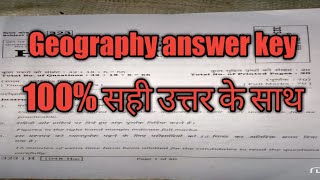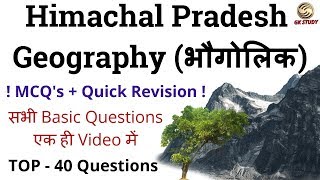Saturday, 13 December, 2025г.
















Где искать: по сайтам Запорожской области, статьи, видео ролики
пример: покупка автомобиля в Запорожье
Geography - Ecosystem & The Environment: Geography Exam Tips
Get Unlimited Access to GCSE Tutor Videos & Online Revision Here for £19.99: http://www.revisionapp.co.uk/product/online-gcse-revision. An ecosystem is a community of living and non-living things that work together and sustain each other in an environment. Organisms and their surroundings support each other and allow life to coexist. Think of it like a chain. Link by link the bits and pieces of an ecosystem come together. Sunlight, plants, insects and animals help to keep the chain strong through energy flows and nutrient cycles. If one link of the chain is broken, the whole system is weaker, and gradually the other links weaken as well. Ecosystems can be as small as a pond or large like a tropical rainforest, and each one is entirely self-sufficient.
Major ecosystems are known as biomes, and there are nine major biomes in the world: rainforests, deciduous forests (forests where the trees shed their leaves), coniferous forests (forests where the trees keep their leaves or needles year round), desert, grassland, savannah, tundra, mountains and Mediterranean. Biomes are defined by abiotic factors, which are the non-living element of an ecosystem. These include climate, landscape, soils and plant life. The tropical rainforest is an easy example of an ecosystem. In the rainforest, it rains daily, and heavily. Most of the rain is collected in the canopy, or treetops, and by the time it reaches the forest floor it is much less heavy. This is called convectional rainfall, as the rainforest itself creates the rain. Due to the excessive heat and humidity, the rainwater evaporates into the atmosphere, forming clouds for the next day's rain. The plants far below the canopy that get insufficient water gradually die and decay, creating nutrients for the soil, and therefore the trees. This is why if the trees are cleared (one link of the chain) the soil quickly becomes depleted of nutrients. So, for example, if rainforests are cleared for farmland, there will be no crop, and the forest will have been needlessly destroyed.
The rainforest is also the best example to show human's effect on ecosystems. Deforestation has wiped out nearly 20% of the Amazon rainforest in the last 40 years alone, and this has had a huge effect on the biosphere, which is the balance of living and non-living things. This damages animals' habitats as well as the natural plant life, as the soil is soon without all its life-giving nutrients. Ecosystems are one of nature's purest miracles, and their existence is what has allowed us, as animals, to survive for millions of years.
Теги:
Geography (Literary Genre) Integrated Geography education students teacher videos tutors khan academy khan gcse a-level high school college revision app revision revise exams exam Geography Ecosystem The Environment Geography Exam Tips
Похожие видео
Мой аккаунт


 У вашего броузера проблема в совместимости с HTML5
У вашего броузера проблема в совместимости с HTML5


